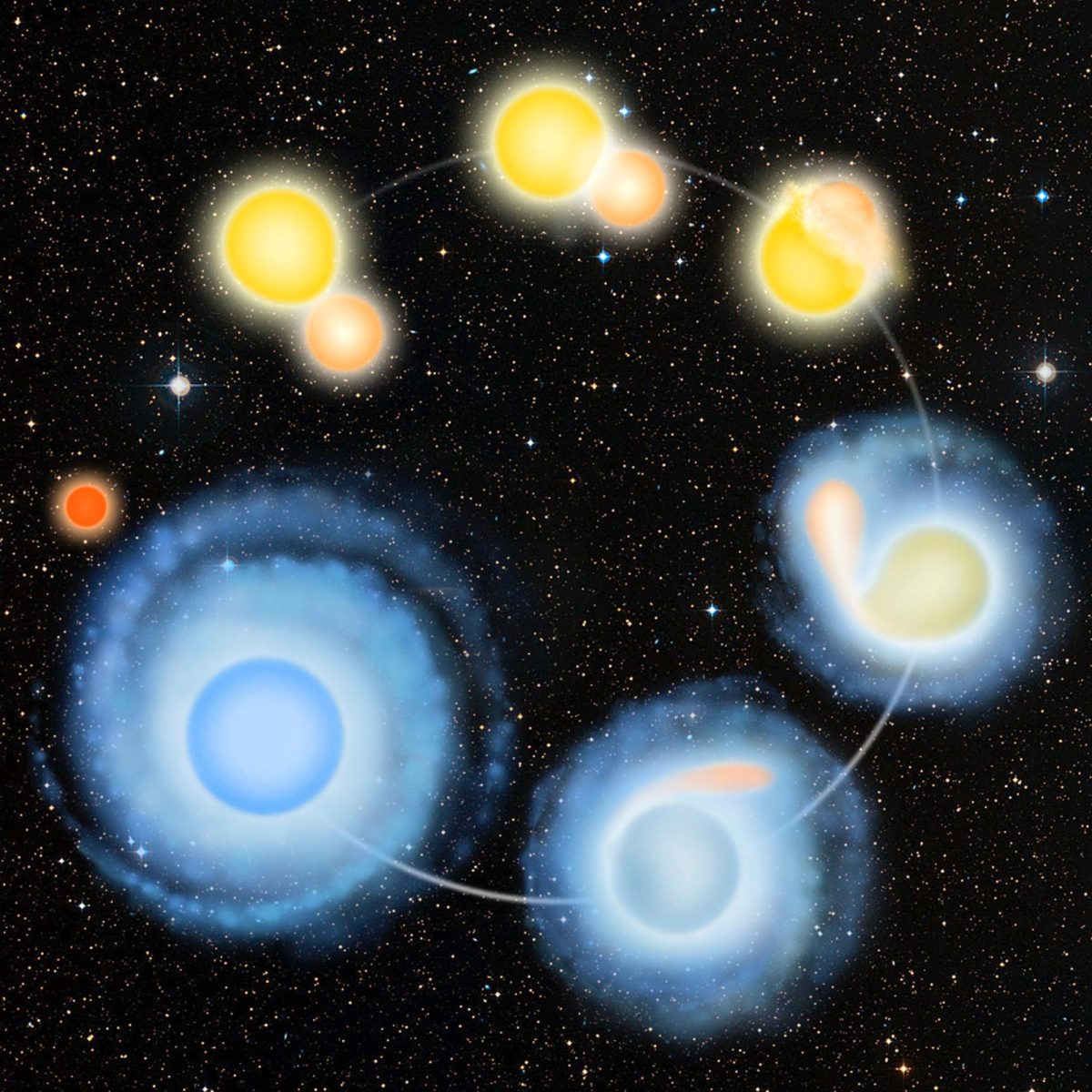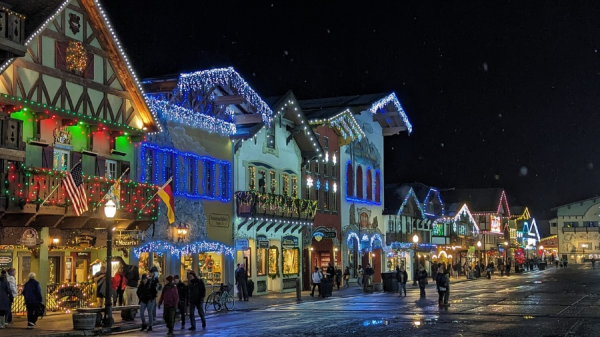Who’s hanging out out there?
Our solar system may be hiding something.
May 13, 2019
You either don’t believe in, want to believe in, or believe in aliens. Thinking of the possibilities could prepare us for an alien take over that forces us to live underground or in a spacecraft that orbits the moon. It could even prepare us to coexist with aliens. All of these ideas are obviously theoretical, but what if? There is a whole universe to explore. The main limitation of interstellar travel is our technology.
Aliens could be scaly, smooth, invisible, green, pink etc. In theory, the universe is just one giant buffet of creatures. The most commonly imagined aliens are grey aliens. The ones that we use to resemble aliens in general. They have smooth, gray skin; a very slender body; a big head; huge, shiny, black, bug eyes; a tiny nose; and a tiny mouth.
According to Nymag online, “other planets and moons in the solar system shows us many worlds possess the ingredients necessary for life.” Those ingredients include liquid water, an atmosphere, organic compounds, etc. Although those are components necessary for our livelihood, maybe life elsewhere in the universe don’t live by those same essentials. We only know what we study of our earth and solar system. It is a possibility that life elsewhere may not even need to breath or to eat. Maybe the way they eat and breath is a whole other concept that seems crazy to us.
Signs:
The Guardian references Chris French, who says “We have what is called an intentionality bias.” This means that whenever something out of the norm happens, we tend to blame it on someone or something, and that someone or something made it happen for a reason. In the context of outer space, many believe that someone to be aliens.
Even scientists can be superstitious when something odd happens. According to The Guardian online, “In 2015 astronomers noticed a star, 1,500 light years distant, dimming and brightening. . .” Astronomers speculate that an “alien megastructure” is orbiting around the star, thus causing it to appear as if it is dimming and brightening.
Could there be life on mars? According to Space online, “streaks, known as recurring slope lineae (RSL), appear on some Martian slopes during warm parts of the year.” This lead scientists to the assumption that RSL are a result of temporary, briny water flows at or just beneath the surface of Mars. If water is suspected to flow underground on Mars, what more could be in motion underground? Some of the wackiest ideas can be debunked or proven true through time. We should all be opened to new ideas because you never know what the universe has in store for us.















